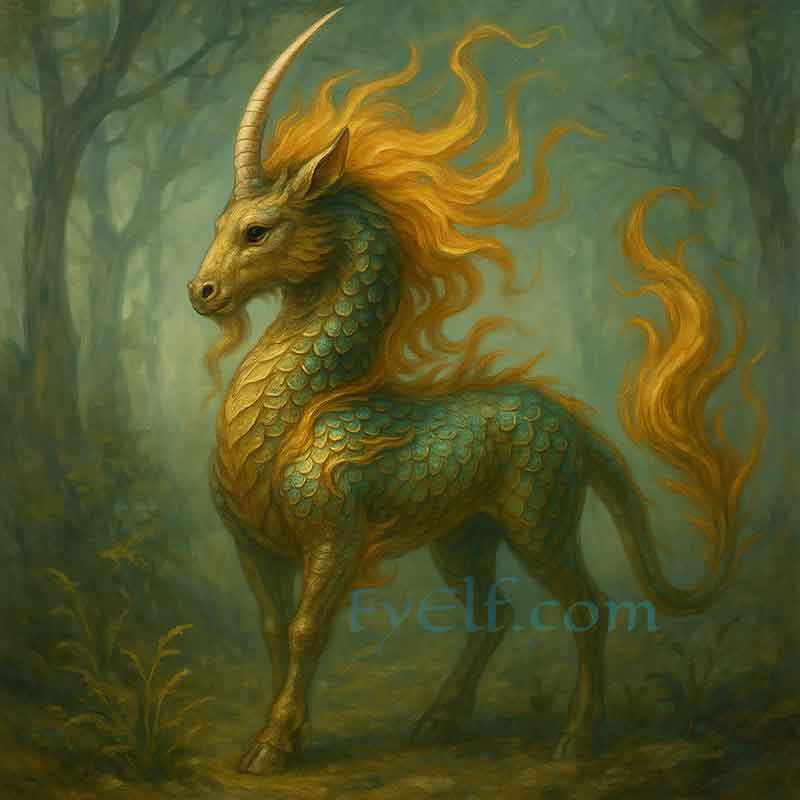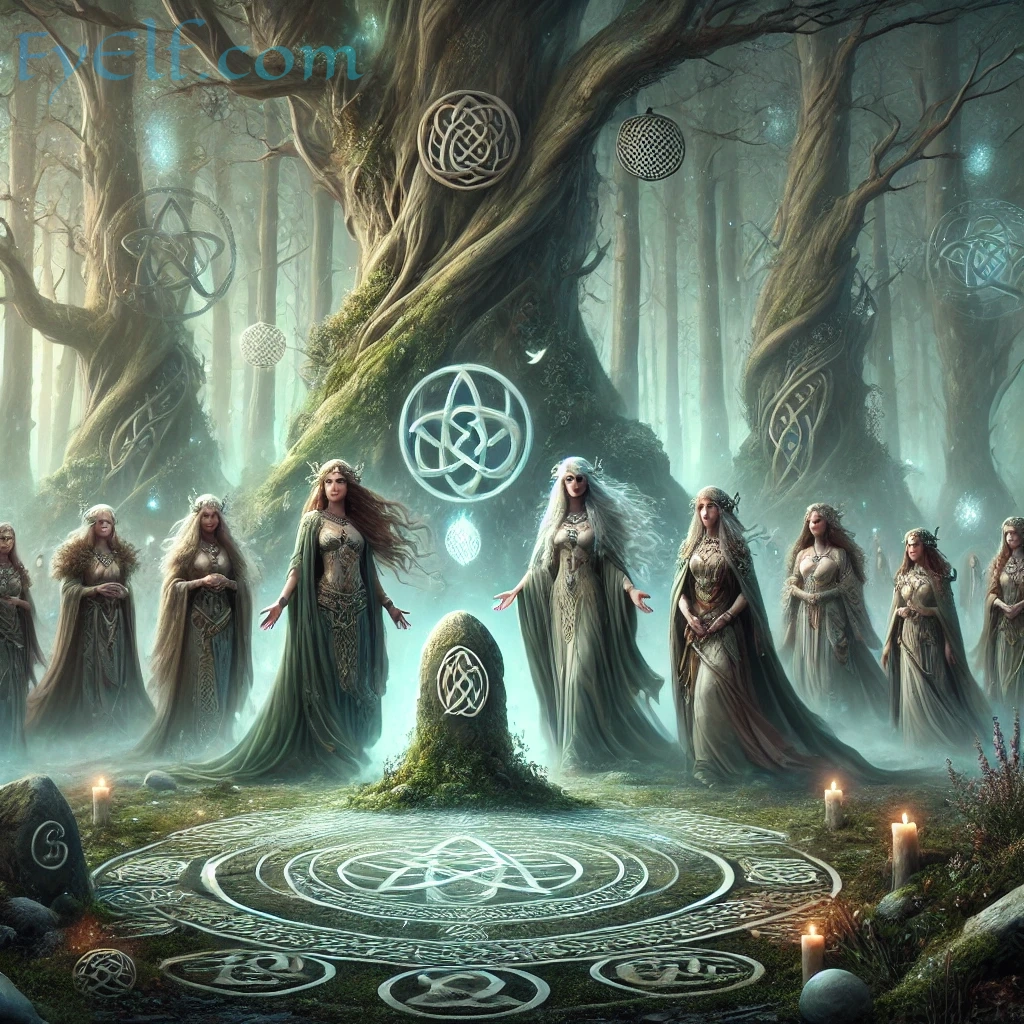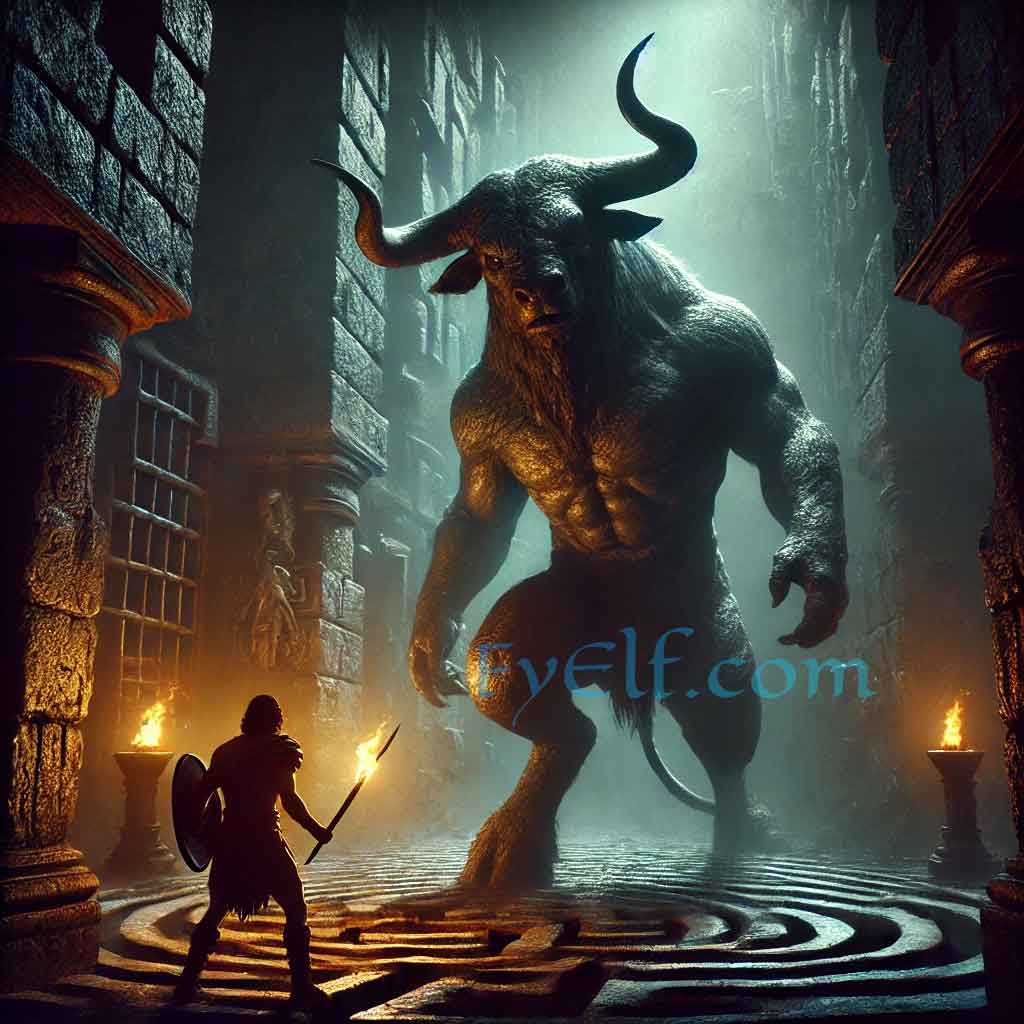Introduction
Among the vast pantheon of mythical beings, the Qilin stands out as a creature of profound grace and symbolism. Often described as a hybrid between a dragon, a horse, and a deer, the Qilin is more than a fantastical beast—it is a messenger of peace, a protector of the innocent, and a harbinger of great change. Unlike fearsome dragons or mischievous spirits, the Qilin embodies harmony, balance, and virtue, making it one of the most revered figures in mythology.
Origins of the Qilin Myth
The earliest mentions of the Qilin appear in ancient texts, where it is described as a rare and auspicious creature whose presence signaled the arrival of a wise ruler or sage. In some traditions, it was said that the birth or death of a great leader would be accompanied by the appearance of a Qilin. This association linked the creature with divine legitimacy and moral authority.
Over centuries, the Qilin became woven into folklore as a guardian of cosmic balance. Unlike creatures of chaos, it was celebrated as a bringer of blessings, prosperity, and protection.
The Appearance of the Qilin
The Qilin’s image is one of the most fascinating aspects of its legend. While descriptions vary, several features remain consistent:
- Hooved like a deer or horse.
- Covered in scales, reminiscent of a dragon.
- Often depicted with flowing manes, fiery auras, or even clouds beneath its feet.
Some accounts describe the Qilin as a gentle stag-like creature, while others portray it as a more formidable dragon-horse hybrid. This flexibility reflects the cultural blending of myths over time and the Qilin’s role as a bridge between heaven and earth.
Symbolism and Meaning of the Qilin
The Qilin carries layers of symbolism, each tied to ancient values:
- Protector of the innocent: The Qilin never harms the just or pure-hearted.
- Punisher of the wicked: Legends say it can strike down those who spread corruption.
- Harbinger of peace: Its appearance signals a golden age or the reign of a benevolent ruler.
- Symbol of fertility and life: In some traditions, the Qilin is associated with children and family prosperity.
In essence, the Qilin is not just a beast of legend but a moral compass in mythological form.
The Qilin in Myth and Story
Across tales, the Qilin often emerges at critical moments in history or myth:
- In one famous account, a Qilin appeared before the birth of a sage, symbolizing divine blessing.
- Stories describe it as guiding heroes with wisdom, rather than through violence.
- Unlike dragons that test strength, the Qilin tests character, rewarding virtue and honesty.
These stories emphasize that the greatest strength lies not in power, but in righteousness.
Qilin vs. Other Mythical Creatures
The Qilin is often compared with legendary beasts from other cultures:
- Unicorn: Both symbolize purity and rarity, yet the unicorn is tied to wild nature while the Qilin embodies moral order.
- Dragons: While dragons command elemental forces, the Qilin balances these powers with compassion and justice.
- Phoenix: Both are symbols of peace and renewal, but the Qilin represents stability while the Phoenix embodies rebirth.
These comparisons show how the Qilin bridges mythical archetypes—both fierce and benevolent, earthly and celestial.
The Qilin as a Cultural Symbol
Beyond legend, the Qilin became a staple of cultural expression:
- Architecture: Statues of Qilin often guard temples, palaces, and tombs, warding off evil.
- Art and literature: From scroll paintings to poetry, the Qilin appears as a motif of divine favor.
- Imperial symbolism: Some dynasties claimed Qilin sightings to legitimize their reigns.
The Qilin’s role as a cultural guardian reflects its mythical essence—a timeless protector.
Qilin in Modern Culture
The Qilin has not vanished into forgotten texts. Today, it continues to inspire:
- Fantasy novels and anime reimagine it as a dragon-horse guardian.
- Video games often depict it as a rare mount or protector spirit.
- Contemporary jewelry and art borrow its flowing, scaled imagery to represent good fortune.
Its universal themes of justice and peace make it a natural fit for modern storytelling.
Interpretations of the Qilin’s Endurance
Why does the Qilin endure across centuries?
- It represents hope in times of chaos.
- It reflects humanity’s longing for a world ruled by justice and compassion.
- It serves as a moral reminder—that true strength lies in purity and balance.
In this way, the Qilin transcends cultural boundaries, joining other global symbols of peace.
Conclusion
The Qilin is more than a mythical creature—it is a symbol of humanity’s highest ideals. From its origins in ancient lore to its reimagining in modern fantasy, it continues to embody justice, compassion, and harmony. In an age where mythical beasts often symbolize danger or chaos, the Qilin stands apart as a creature of peace, reminding us that true power rests in virtue.




